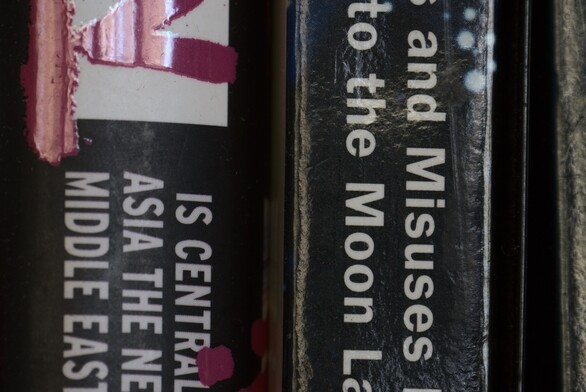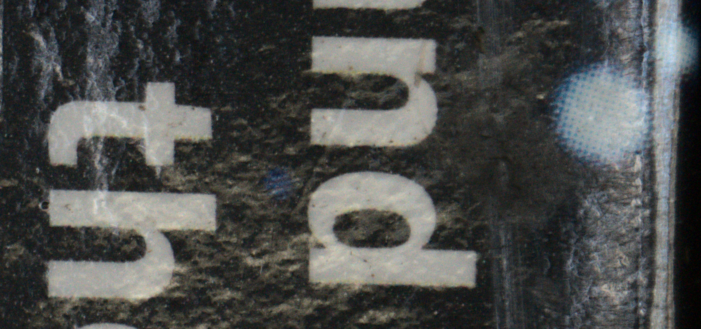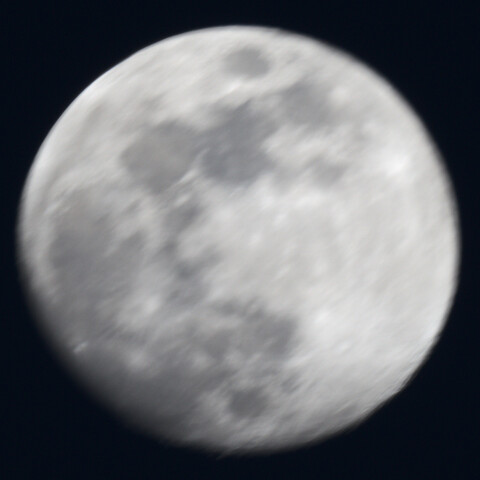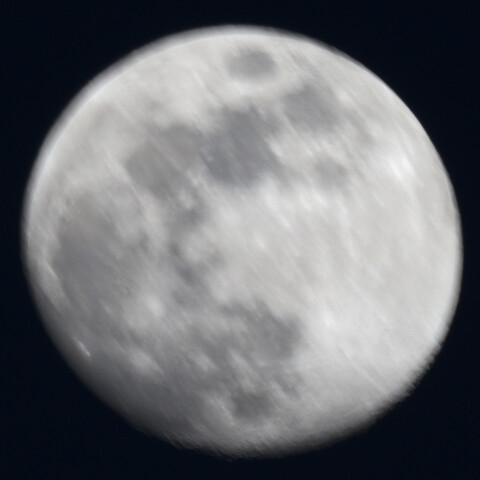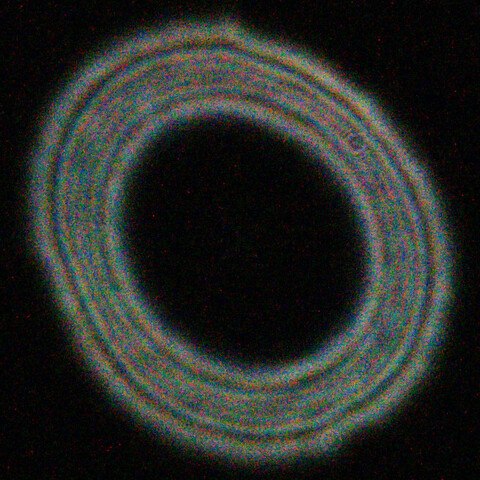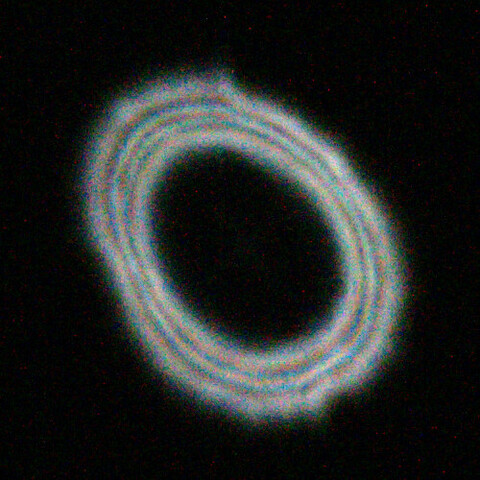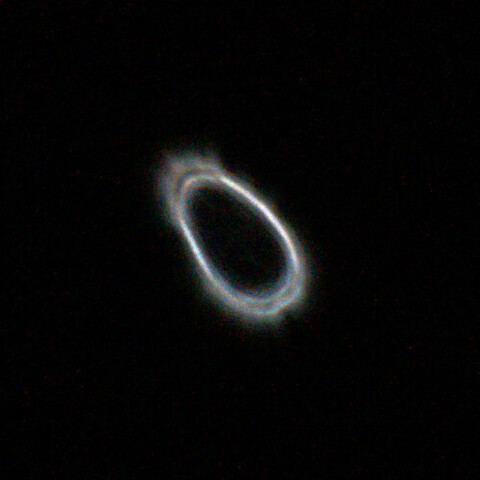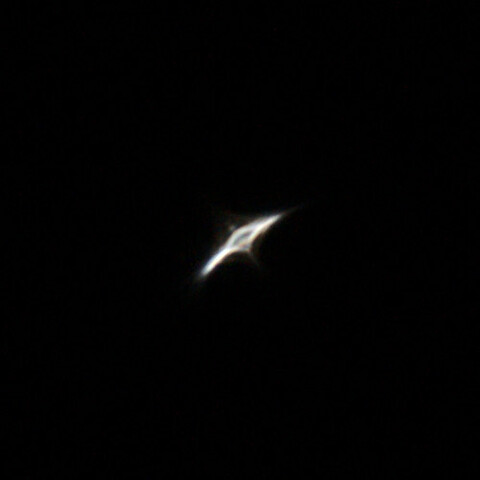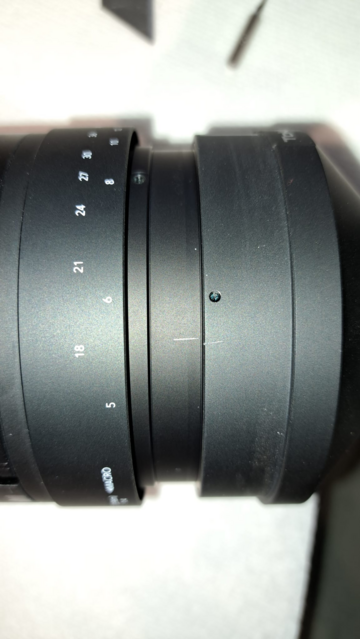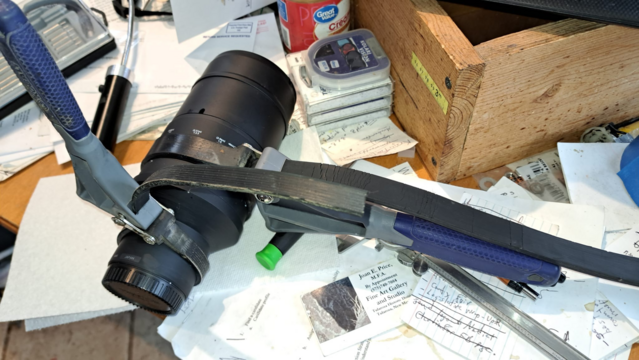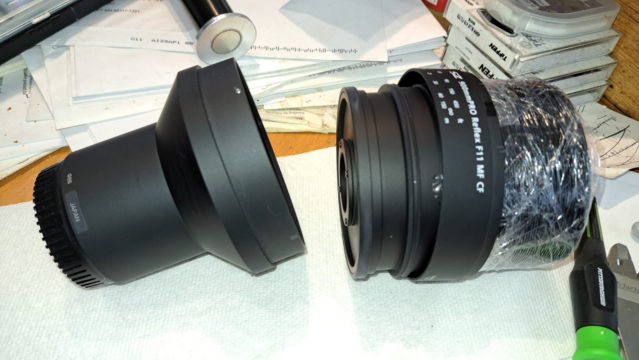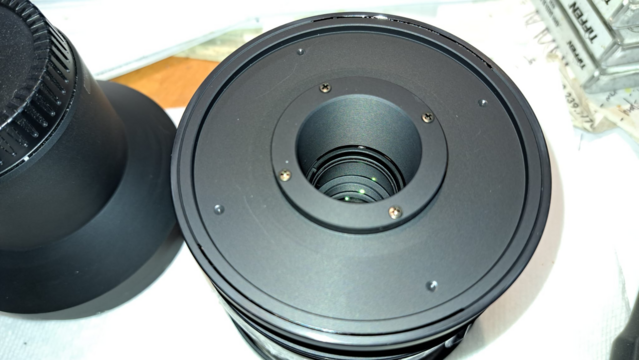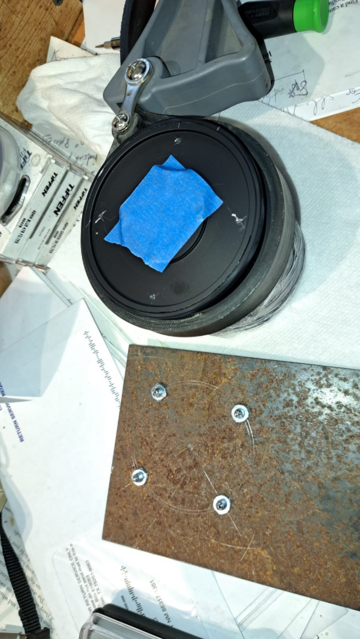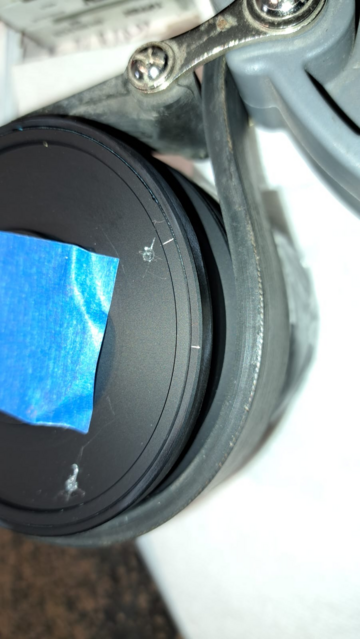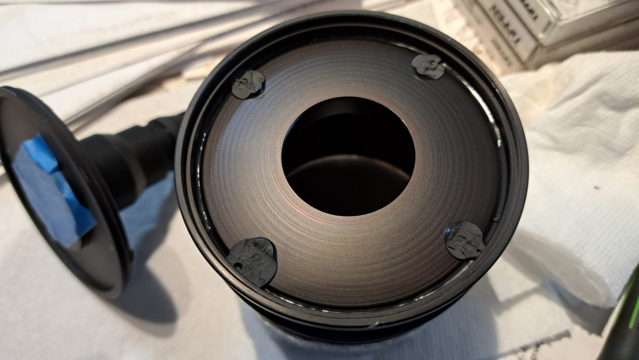Recent searches
Search options
I bought a telephoto lens recently.
https://tokinalens.com/product/sz_900mmpro_reflex_f11_mf_cf/
I found that optical quality appeared to be good...at least for indoor tests.
Then I took it outdoors, where temperatures are cool in the winter months. Image quality suffered...horribly.
See image captions.
In cold temperatures the lens appeared to be giving images with lots of astigmatism.
(to be continued)
#photography
#TokinaLens
#LensRepair
#BadDesign
#DesignFlaw
#astigmatism
#MirrorSupport
It can be useful to take images of a star...way outside of focus...approach focus, get the 'best focus' image...then take more images on the other side of focus.
The three images here are all on one side of focus...and quite some distance from best focus.
Because this is a catadioptric lens with a central mirror/obstruction...any out of focus point source is a donut with a dark hole.
But it should be circular.
When star images, way out of focus, look like a flat tire...you know that the image aberrations are very large.
(continued)
These three images of a star are slightly inside best focus...at best focus...and slightly outside focus.
This is classic (low order) astigmatism.
And it's a huge amount of astigmatism. At best focus...the star image is quite far from being a tiny dot only a couple/few pixels in diameter.
Previous experience with catadioptric lenses and telescopes leads me to suspect that the main mirror is pinched/poorly supported. I need to fix this situation after I take the lens apart and evaluate how the main mirror is supported.
Note: if you compare the thermal expansion coefficient of aluminum versus glass...there is a big difference. An aluminum lens cell that holds a piece of glass properly at room temperature...will be sloppy/large in hot temperatures, and be pinching/distorting the glass in cold temperatures. The design of the cell and support kinematics needs to take this into account.
(Next...take the lens apart!)
Some of the steps in lens disassembly.
- remove rubber jacket (focus ring outer cover) to gain access to the focus rotation stop screw.
- after stop screw is removed, continue to unscrew lens enough to expose three small setscrews. Loosen them so that the rear bell housing can be unscrewed.
- strap wrenches are useful here. Some lenses require a good bit of torque to overcome any thread locker adhesive.
(next...more disassembly)
Lens is disassembled enough so that the back of the main mirror can be seen.
More info in the image captions.
The fourth image here is the most important, and shows a gross design flaw in the mirror support scheme.
I will cut/scrape away all the adhesive, free the main mirror from its ring of adhesive support...and implement a proper mirror support at three points on the rear surface of the mirror.
End of this toot. (In the next few days I'll work on this lens, reassemble, and test again.)
Thanks for reading this far!
@KrajciTom Tokina telephoto behaves horribly in cold weather? So says one credible reviewer, Tom Krajci…
Now that I have modified the lens, it behaves rather well in cold weather.


